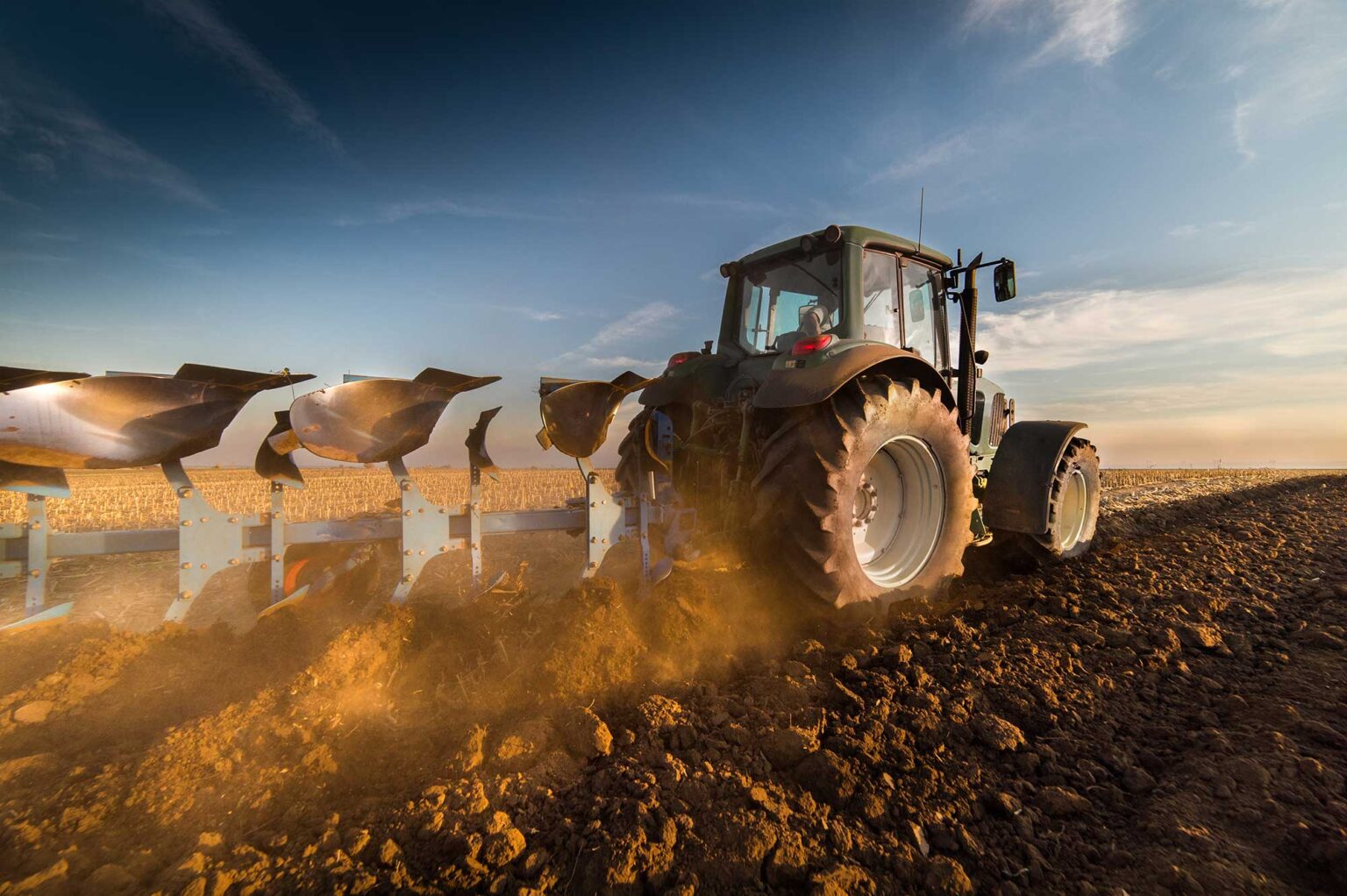Farmer sentiment weakened in June following two months of improvement, as tracked by the Purdue University/CME Group Ag Economy Barometer. The barometer dropped 12 points to 146 from the previous month.
A change in producers’ expectations for the future served as the primary factor in the shift, with the Index of Future Expectations sinking 18 points to 146. The Current Conditions Index, however, lost only 2 points, standing now at 144. A drop in optimism about future agricultural exports seems to have influenced producers’ weakened outlook. Even with the June declines, all three indices persist at higher levels than a year ago. The barometer survey took place between June 9-13.
The Farm Financial Performance Index dropped 5 points to 104, with producers projecting a slightly weaker financial outlook for their farms in June than in May. An index above 100 indicates that U.S. farmers expect a stronger financial performance in 2025 than in 2024. The index has ranged from 101 to 111 since January. Helping to support this outlook are strong income prospects for the livestock sector, especially for beef producers.
The Farm Capital Investment Index, meanwhile, rose 5 points from May to 60, nearly matching April’s reading of 61. The investment index increased as the percentage of farmers who said it’s a good time to invest reached 24 percent, up from 19 percent in May. The percentage of respondents who indicated it’s a bad time to invest was unchanged from a month earlier. Based on responses to an additional question in the producer survey, the improvement in the investment index is not expected to translate into higher farm machinery sales. The percentage of producers stating that they planned reductions in farm machinery purchases compared to last year climbed to 54 percent in June, up 6 points from May.

The Short-Term Farmland Value Expectations Index fell 4 points to 120 in June. An index above 100 signals cautious optimism among producers about farmland values since it means more producers expect values to rise than fall. The main factor in this month’s change in the index stems from the falling percentage of producers (37 percent to 32 percent) who expect values to rise. The percentage of producers who expect values to hold steady increased 6 points to 56 percent.
Shifting producer expectations for ag exports seem to be driving the shift in farmer sentiment. From May to June, the percentage of producers who said they expect increasing agricultural exports over the next five years dropped to 41 percent from 52 percent. By contrast, the percentage of respondents who expect declining exports rose 4 points to 16 percent. The June reading was more negative than in May, but still notably more optimistic than in March, when 30 percent of those surveyed said they expected exports to decline in the future.
The June survey again asked producers for their perspective on if “free trade benefits agriculture and most other American industries.” Similar to the May survey results, only 31 percent of farmers in June said they strongly agreed with the statement. This stands in contrast to responses received to this question in fall 2020. When asked this question five years ago, 49 percent of respondents said they strongly agreed that free trade was beneficial.
The four most recent barometer surveys sought to learn more about farmers’ perspectives on the effect of U.S. trade policies on farm income. Each survey included a question that asked what impact they expected from the imposition of tariffs on their farm’s income. The May and June surveys confirmed ongoing producer worries about the tariffs’ impact on farm income. However, the percentage of producers who expect a negative or very negative impact has dropped since March and April.
Most respondents (56 percent) in March and April said they expected a negative impact from U.S. tariff policy on their farms’ income. That percentage slipped to 45 percent in May and June. The percentage of respondents indicating that they expected a positive or very positive impact of the tariffs on their farm’s income shifted upward to 27 percent in May and June from 23 percent in March and April.
Overall, we see weakened agricultural producer sentiment coupled with their weakened expectations for the future. Reduced optimism about the future of U.S. agriculture’s export prospects stands out as a major cause of the this month’s shift in sentiment. Although farmers remain concerned that U.S. tariff policies will reduce their income, fewer producers in May and June said they expect a negative or very negative impact on their income than they did in March and April.


